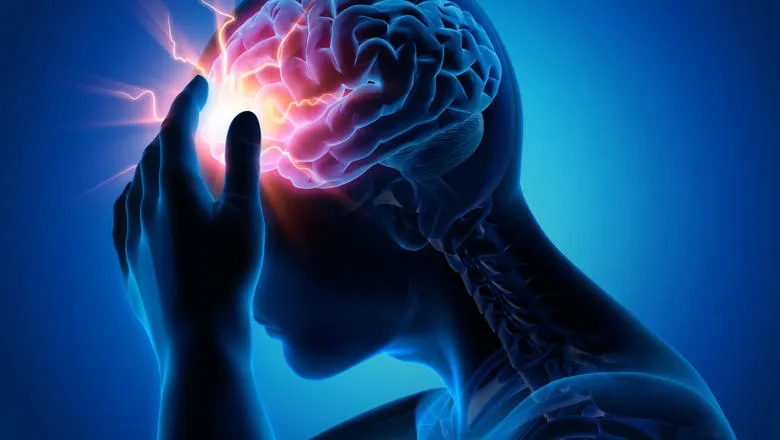Our findings suggest that the locus coeruleus system may act as a “chronic pain generator”. This has clinical implications regarding analgesics that target modulatory pathways, where we know that one size doesn’t fit all. Dissecting the functionality of distinct modulatory circuits will allow targeted precision therapy in the future.
Dr Kirsty Bannister, the study’s lead investigator from King’s IoPPN
24 March 2022
New insights into the brainstem-to-spinal cord pain pathways
New research from the Institute of Psychiatry, Psychology & Neuroscience (IoPPN) has provided novel evidence of distinct functions between two pathways that interact together to inhibit pain

Published in Brain, the study investigated the relationship between two pathways that make up the brainstem-to-spinal cord noradrenergic pathway. The researchers found that the two pathways function separately but interact together to inhibit pain, and that this finding may provide insight into the mechanism underlying chronic pain.
Chronic pain, also known as persistent pain, is pain that lasts for more than three months. It can appear with or without known underlying conditions. Despite it affecting up to six percent of the UK population, the underlying mechanisms are only partially understood as it is believed to involve multiple pain pathways.
The brainstem-to-spinal cord noradrenergic pathway carries signals from the brainstem to the spinal cord with the help of a chemical called noradrenaline. There are two sub-pathways based on the cells of origin: the locus coeruleus to spinal cord (LC-SC) originating from the locus coeruleus neurons; and the diffuse noxious inhibitory controls (DNIC) originating from the non-coerulean neurons.
Previous research was only able to study these two pathways together as it was not possible at the time to selectively target small cell groups. However, King's researchers have developed a technique, to activate only the LC-SC pathway by using light to selectively manipulate the specific neurons. They found that the activation of LC-SC results in the inhibition of the DNIC.
The DNIC pathway is responsible for the ‘pain inhibits pain’ phenomenon, where the intensity of a painful stimulus is reduced when a second painful stimulus is applied at a different location. Lower DNIC activity has been associated with chronic pain disorders. This sequence of activities resulted in reduced pain inhibition.
The authors also observed that the LC-SC and DNIC pathways use two separate receptors to manifest their action, the α1-adrenoceptors and α2-adrenoceptors respectively. This finding clarifies the separability of the LC-SC and DNIC, despite their interaction with each other.
The study provided a crucial piece of information about the fundamentals of normal pain processing, which the researchers hope could change the direction of future studies investigating these pathways in various pain disorders, especially in chronic pain.
It was important for us to understand the role of the locus coeruleus, traditionally viewed as an inhibitory component of descending modulatory pathways, in pain processing. Our demonstration that top-down controls are diverse, representing distributed neuronal networks with overlapping functionality and neurochemistry, will have implications for the pain, as well as broader sensorimotor, field.
Dr Mateusz Kucharczyk, postdoctoral research associate at Wolfson CARD, the study's first author
This study was possible thanks to funding from Academy of Medical Sciences Springboard Grant.
Mateusz W. Kucharczyk, Francesca Di Domenico, Kirsty Bannister, Distinct brainstem to spinal cord noradrenergic pathways inversely regulate spinal neuronal activity, Brain, 2022;, awac085, https://doi.org/10.1093/brain/awac085
